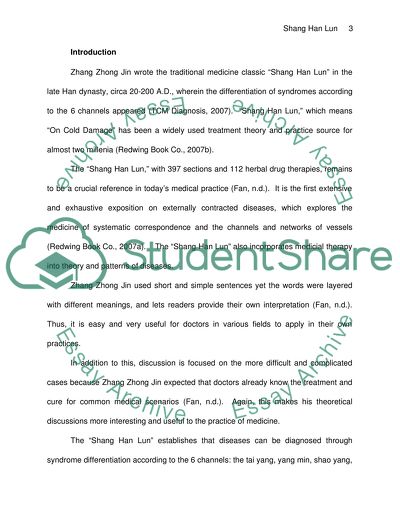Cite this document
(“The Tai Yang Syndrome and The Tao He Cheng Qi Tang of Clause Essay”, n.d.)
The Tai Yang Syndrome and The Tao He Cheng Qi Tang of Clause Essay. Retrieved from https://studentshare.org/miscellaneous/1502790-the-tai-yang-syndrome-and-the-tao-he-cheng-qi-tang-of-clause
The Tai Yang Syndrome and The Tao He Cheng Qi Tang of Clause Essay. Retrieved from https://studentshare.org/miscellaneous/1502790-the-tai-yang-syndrome-and-the-tao-he-cheng-qi-tang-of-clause
(The Tai Yang Syndrome and The Tao He Cheng Qi Tang of Clause Essay)
The Tai Yang Syndrome and The Tao He Cheng Qi Tang of Clause Essay. https://studentshare.org/miscellaneous/1502790-the-tai-yang-syndrome-and-the-tao-he-cheng-qi-tang-of-clause.
The Tai Yang Syndrome and The Tao He Cheng Qi Tang of Clause Essay. https://studentshare.org/miscellaneous/1502790-the-tai-yang-syndrome-and-the-tao-he-cheng-qi-tang-of-clause.
“The Tai Yang Syndrome and The Tao He Cheng Qi Tang of Clause Essay”, n.d. https://studentshare.org/miscellaneous/1502790-the-tai-yang-syndrome-and-the-tao-he-cheng-qi-tang-of-clause.


